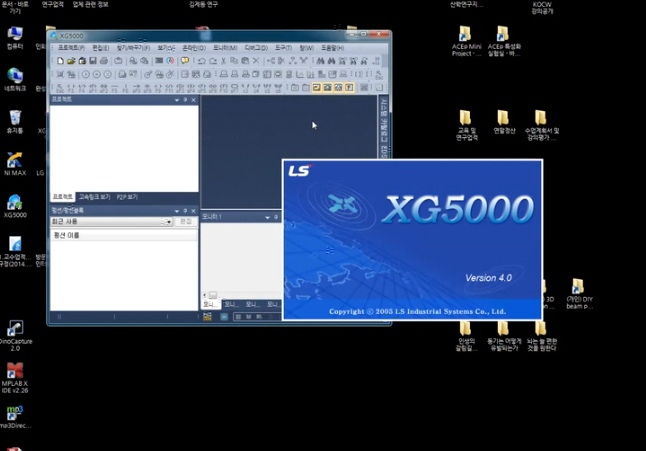According to Article 4 and 5 of the Nuclear Safety and Security Commission (NSSC) Notice No. 2020-6, radioactive waste packages should be classified by radioactive levels, and finally permanently shipped to underground or surface disposal facilities. ...
http://chineseinput.net/에서 pinyin(병음)방식으로 중국어를 변환할 수 있습니다.
변환된 중국어를 복사하여 사용하시면 됩니다.
- 中文 을 입력하시려면 zhongwen을 입력하시고 space를누르시면됩니다.
- 北京 을 입력하시려면 beijing을 입력하시고 space를 누르시면 됩니다.
https://www.riss.kr/link?id=A108973966
- 저자
- 발행기관
- 학술지명
- 권호사항
-
발행연도
2022
-
작성언어
English
- 주제어
-
KDC
559
-
자료형태
학술저널
-
수록면
383-383(1쪽)
- 제공처
-
0
상세조회 -
0
다운로드
부가정보
다국어 초록 (Multilingual Abstract)
According to Article 4 and 5 of the Nuclear Safety and Security Commission (NSSC) Notice No. 2020-6, radioactive waste packages should be classified by radioactive levels, and finally permanently shipped to underground or surface disposal facilities. The level of the radioactive waste package is determined based on the concentrations of the radionuclides suggested in Article 8 of NSSC Notice No. 2021-26. Since most of the radionuclides in radioactive wastes are beta nuclides, chemical separation and quantification of the target nuclides are essential. Conventional methods to classify chemically non-volatile radionuclides such as Tc-99, Sr-90, Nb- 94, Fe-55 take a lot of time (about 5 days) and have low efficiency. An automated non-volatile nuclide analysis system based on the continuous chemical separation method of radionuclides has been developed to compensate for this disadvantages of the conventional method in this study. The features of the automated non-volatile nuclide separation system are as follows. First, the amount of secondary waste generated during the chemical separation process is very small. That is, by adopting an open-bed resin column method instead of a closed-bed resin column method, additional fittings and connector are unnecessary during the chemical separation. In addition, because the peristaltic pump is supplied for the sample and solution respectively, it is great effective to prevent cross-contamination between radioactive samples and the acid stock solution for analysis. Second, the factors that may affect results, such as solution amount, operating time and flow rate, are almost constant. By mechanically controlling the flow rate precisely, the operating time and additional factors required during the separation process can be adjusted and predicted in advance, and the uncertainty of the chemical separation process can be significantly reduced. Finally, it is highly usable not only in the continuous separation process but also in the individual separation process. It can be applied to the individual separation process because the user can set the individual sequence using the program. As a result of the performance evaluation of the automation system, recovery rates of about 80–90% and reproducibility within 5% were secured for all of the radionuclides. Furthermore, it was confirmed that the actual work time was reduced by more than 50% compared to the previous manual method. (It was confirmed that the operation time required during the separation process was reduced from 6 days to 3 days.) Based on these results, the automation system is expected to improve the safety of workers in radiation exposure, reduce human error, and improve data reliability.
동일학술지(권/호) 다른 논문
-
Evaluation of the Corrosion Resistance for Alloy 600 and 617 Against KCl Molten Salt
- 한국방사성폐기물학회
- Choi Su-Ji
- 2022
-
- 한국방사성폐기물학회
- Viktoriya Kim
- 2022
-
- 한국방사성폐기물학회
- Hye Ran Noh
- 2022
-
- 한국방사성폐기물학회
- Jeongmook Lee
- 2022




 코리아스칼라
코리아스칼라


